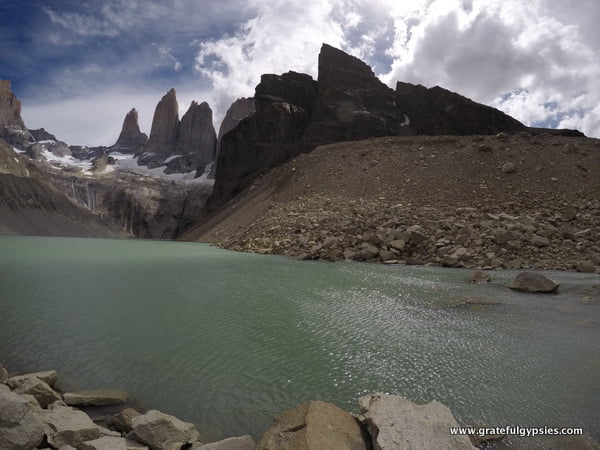Heatwave in Europe and the U.S.
Europe and the U.S. are currently being hit with another heatwave or ola de calor bringing temperatures past 40° C or +100°F. Governments from several countries have raised the alarms and started contingency plans to take action. In this post, we explore a few of the medidas or measures being taken.
Ola de calor
In order for a heatwave to be labeled as such, there are three requirements. These are temperatura or temperature, duración or duration and región or region. The Spanish news site El Mundo explains it in the following way:
Se considera ola de calor un episodio de al menos tres días consecutivos, en que como mínimo el 10% de las estaciones consideradas registren máximas por encima del percentil del 95% de su serie de temperaturas máximas diarias de los meses de julio y agosto del periodo 1971-2000″.
In other words, the high temperatures must be higher than the normal high for at least 3 consecutive days in the same region. If the temperatures are higher than normal in the region of Andalucía, but then move to Murcia, then this cannot be considered a heatwave.
España
Although Spain is experiencing high temperatures, it seems that this time around, it won’t be an official heatwave. Temperatures incrementaron or increased last weekend reaching its peak or pico máximo this past Monday. Tormentas secas or dry storms are expected for this week with little rainfall, but strong thunder, lighting and possibly granizo or hail. By the end of this week, temperatures are expected to fall an average of 10° Celsius, 50° Fahrenheit. The following video explains what is happening in Andalucía.
Francia
France was the first European country on alert this time around. During June’s heatwave, most of France experienced extreme heat; one city reached temperatures similar to Death Valley in the U.S. This month, temperatures are expected to sobrepasar or surpass 100° Fahrenheit bringing fears of extreme sequía or drought which can severely damage the agricultura of the country including its ganado or cattle and viñedos or vineyards. In Paris, cars will face restricciones or restrictions in an effort to keep the niveles de contaminación low. The video below explains in more detail the situation in France.
Estados Unidos
The United States is not exempt from this summer’s heatwaves. A mass of heat that has been heating up Canada is now in the U.S. with the costa Atlántica facing temperatures surpassing 38° Celsius or 100° Fahrenheit. New York City is on high alert with Alcalde Bill de Blasio already declared estado de emergencia to release funds to help the most at-risk populations. According to CNN, “Más de 250 millones de personas verán temperaturas superiores a los 32 grados centígrados, y esto es más del 85% de la población.” Cities in the sudoeste or south west of the country are also on alert. The following video explains more.
Recomendaciones
There are several things you can do to make sure your body stays at a proper temperature and to reduce discomfort. The following video from the Red Cross in Spain, explains some of these recommendations including beber liquidos sin alcohol o cafeína, usar vestimenta ligera, evitar actividades fisicas a medio dia, usar protector solar, y mantenerte hidratado. If you or someone close to you is not feeling well because of the heat, make sure to get ayuda médica and help them cool down with paños humedos or wet cloths.
What are the temperatures like where you live? Have you also seen an increase in olas de calor? This post covers videos with Spanish variations from different regions. Is there one you find easier to understand?
Posteado en Spanish Articles (Facebook)




